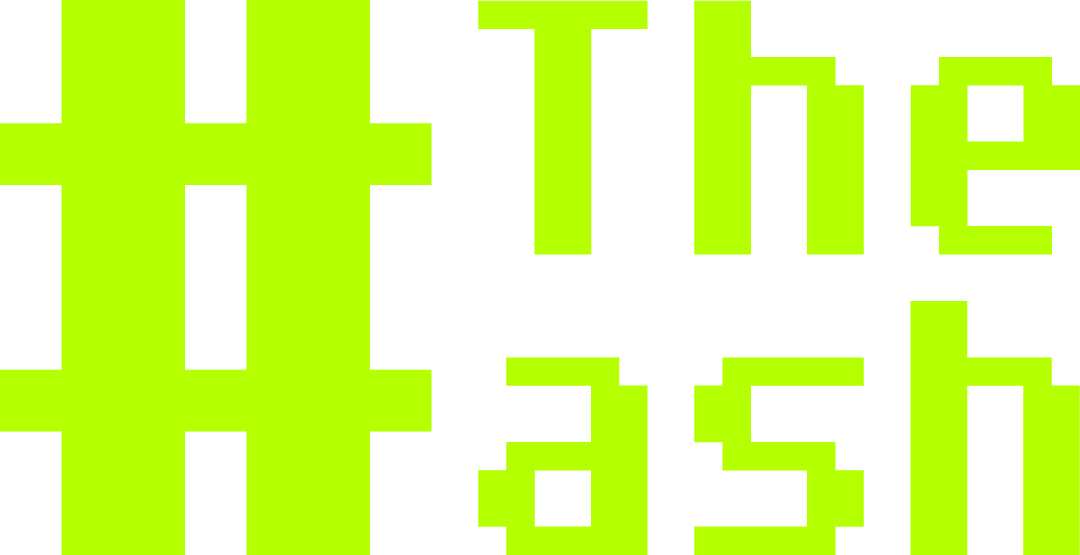After more than two decades of dormancy, the Portable Network Graphics (PNG) format has received its first major update since 2003, with the World Wide Web Consortium (W3C) officially releasing PNG 3.0 as a W3C Recommendation in June 2025.
The historic update introduces three groundbreaking features that modernize the beloved lossless image format for today’s digital landscape: native High Dynamic Range (HDR) support, official Animated PNG (APNG) capabilities, and enhanced EXIF metadata storage.
HDR Support Changes the Game
The most significant addition to PNG 3.0 is its native HDR support, which enables images to display a much wider range of colors and luminance levels. Remarkably, this HDR functionality adds only four bytes of overhead to file sizes, making it an efficient solution for high-quality imaging.

“Figure 1 shows the colors our eyes can see. The smaller, inner triangle represents the color space of most images. The larger, outer triangle represents the colors that are typical with a High Dynamic Range (HDR) image,” explains technical documentation from the PNG development team.
Animation Finally Gets Official Status
While Animated PNGs have existed informally for nearly two decades, PNG 3.0 marks their official inclusion in the W3C standard. Originally developed by Mozilla, APNGs have been used across the web for everything from Discord stickers to forum avatars, but their unofficial status limited broader adoption.

Industry Backing Drives Swift Adoption
The revival of PNG began with an unlikely catalyst: the demand for subtitles in HDR content led to this update. The W3C Timed Text Working Group needed HDR support for captions and subtitles, which sparked a broader modernization effort.
What started as a simple HDR request quickly gained momentum, attracting support from tech giants including Adobe, Apple, BBC, Comcast/NBCUniversal, Google, and MovieLabs. Chris Lilley, one of PNG’s original co-authors, returned to help guide the development process.
This industry backing has translated into immediate widespread compatibility. Popular photo and video editing apps like Photoshop, DaVinci Resolve, and Avid Media Composer already support it, alongside Chrome, Safari, and Firefox. Apple’s iOS and macOS also work with the new file standard.
Looking Ahead
The PNG Working Group isn’t stopping at version 3.0. Development is already underway on PNG 4.0, which will focus on improving interoperability between HDR and SDR displays. A fifth edition is also planned, with enhanced compression efficiency as a primary goal.
Work has already begun on the next two PNG spec updates, signaling that PNG’s two-decade slumber is definitively over.
The update comes at a crucial time for PNG, which has faced increasing competition from newer formats like WebP and AVIF. However, PNG’s lossless compression and widespread support have kept it relevant, with the format still accounting for approximately 28% of web images as of 2023.
For content creators, developers, and media professionals, PNG 3.0 represents a significant opportunity to leverage enhanced image quality while maintaining the reliability and compatibility that made PNG a web standard in the first place.




